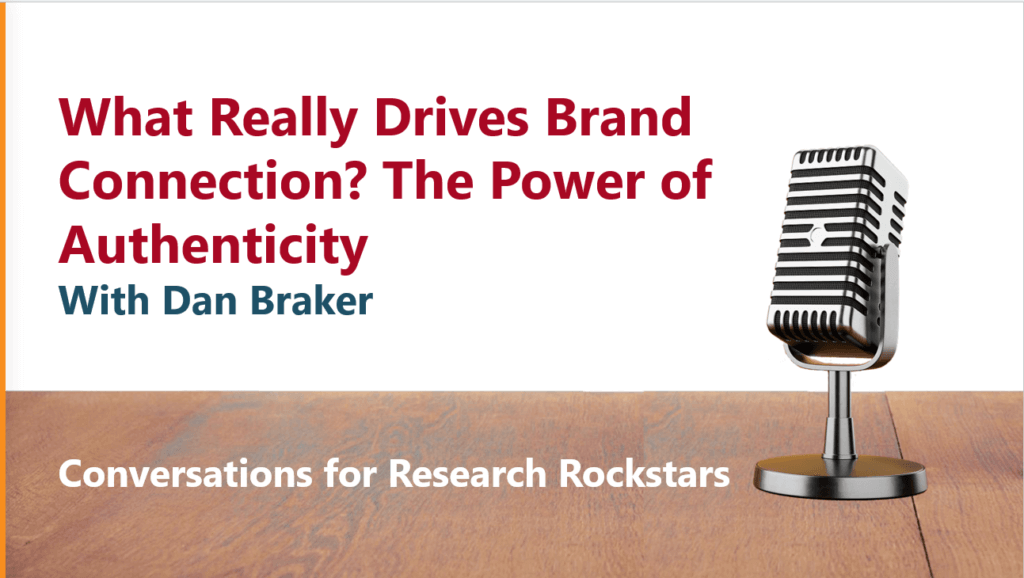 There are many who will shake their heads in disagreement simply while reading the title above. “Possible my analysis,” they’ll say. “Maybe in a text book, but not in real life: qualitative research is—by definition—quite messy; the complexity of group interactions alone makes structured analysis impossible.”
There are many who will shake their heads in disagreement simply while reading the title above. “Possible my analysis,” they’ll say. “Maybe in a text book, but not in real life: qualitative research is—by definition—quite messy; the complexity of group interactions alone makes structured analysis impossible.”
These points are well taken. After all, despite focus groups having been around for six decades, there’s no standard for analyzing their results.
However, this doesn’t necessarily mean one should “throw in the towel.” Rather (to mix metaphors) it suggests that researchers should not “put all their eggs in one basket.” In this case, putting all their qualitative research eggs in the unstructured analysis basket.
Choosing an appropriate structured analysis approach may seem daunting to those who have not used one in the past. There are several options for structured analysis, even starting simply with comparative analyses. The idea is that by following a structured analysis framework, the researcher will rely less on their own notes and recall, and more on a thorough review and organization of the data.
Of course, it may well be that two approaches are better than one. Using two approaches—one more “intuitive,” and one from the “structured” category—can have powerful benefits for researcher and client alike. Naturally, clients appreciate some form of structured analysis: it demonstrates the analysis they’re relying on has rigor behind it. And researchers put themselves in a stronger position with an analysis that’s less “subjective,” and is therefore much easier to defend.
Structured analysis also minimizes the risk of researcher bias.
Don’t think it exists? There are actually several known forms of researcher bias, including Positive Bias and Inattentional Blindness.
Our recommendation is to use both approaches.
Using both an unstructured and a structured approach while analyzing qualitative research results maximizes synthesis, and inspires greater insights. The results are worth the effort. And researchers—at least those equipped with two sturdy analysis baskets—have a much better chance of keeping all of their eggs intact.
What do you think: Is structured analysis of qualitative data underused? Please add your comments–we’d love to know what you think.
[For more on structured analysis of qualitative data, please see our class, “Writing Qualitative Research Reports” which covers analysis options.]












